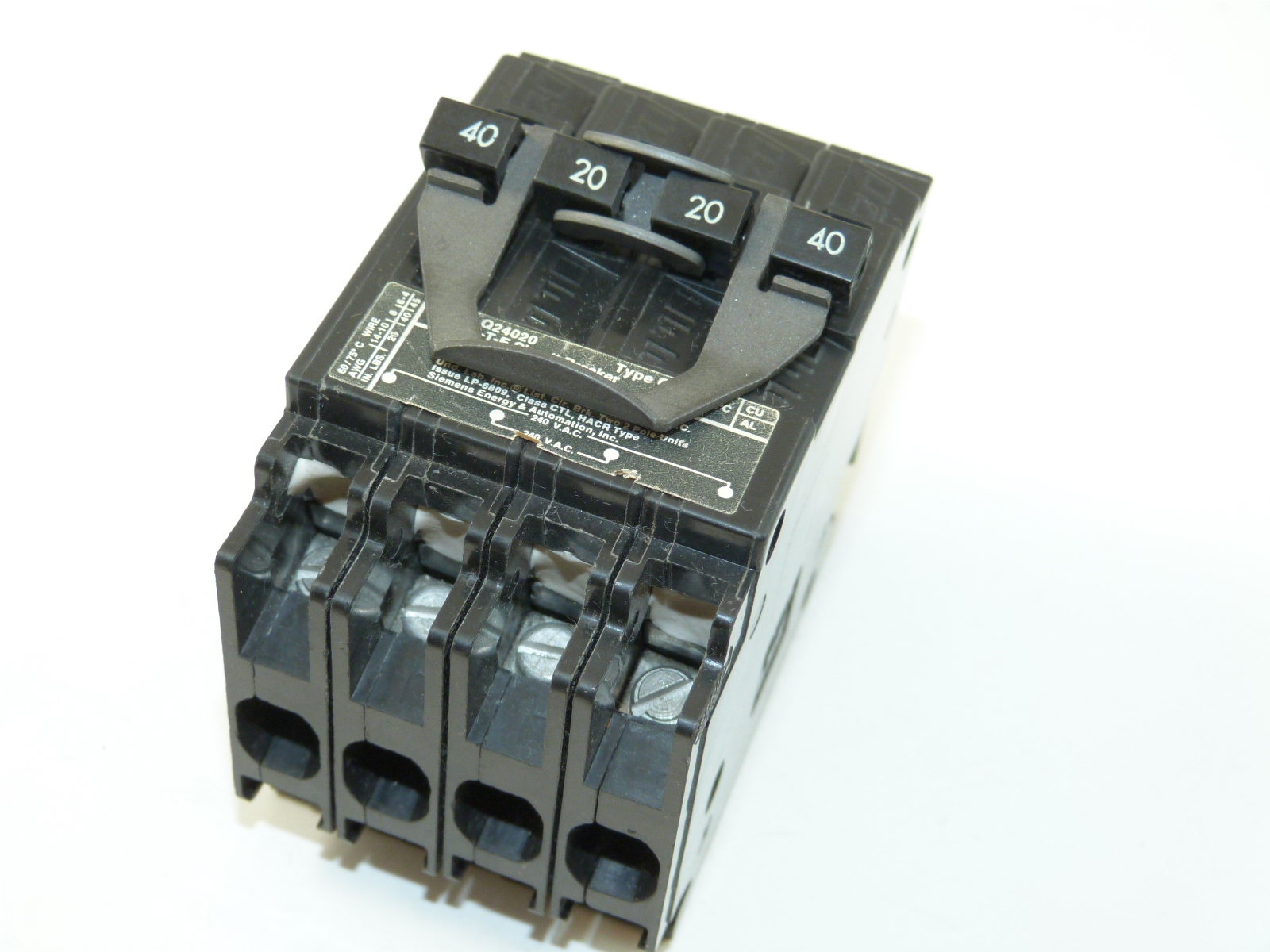Yes, if that sort of subfeed lug adapter is available for the panel in question, it would be NEC compliant provided that the wire sizes used between the lugs and the PV disconnect fit the 24" or 10' tap rule conditions.
I also agree that the inspector might not see it the same way.
I also agree that the inspector might not see it the same way.

Comment